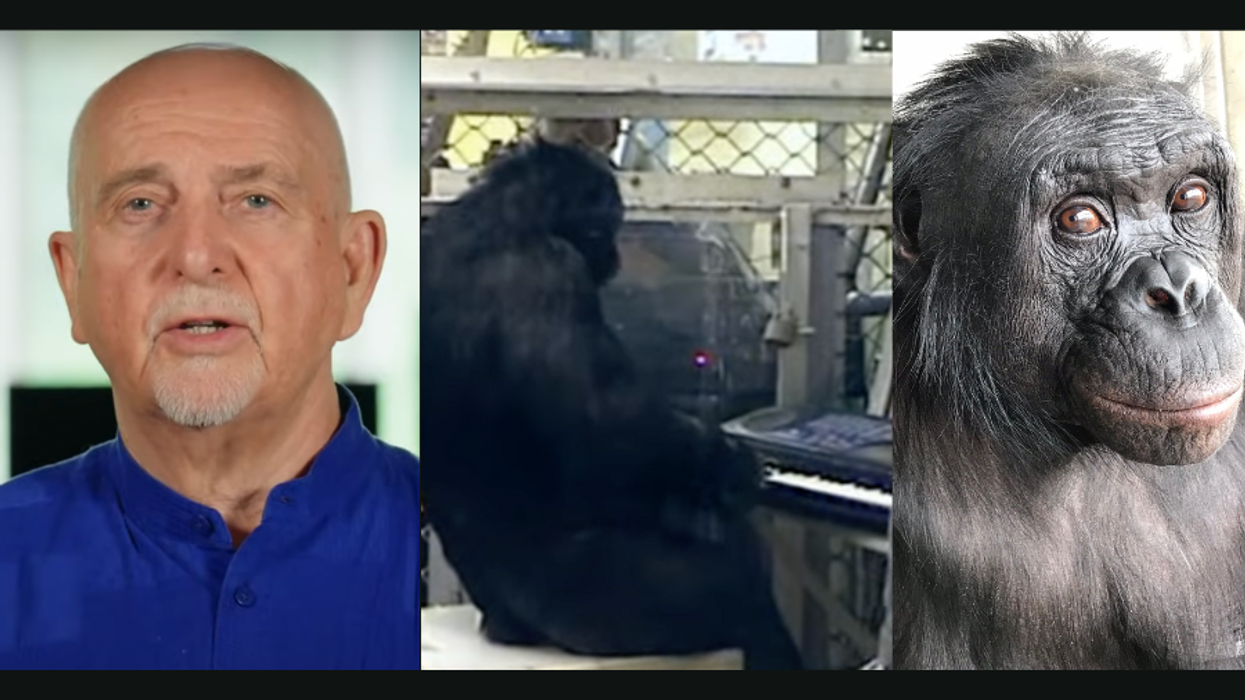In our A City Education series, City Year corps members share their experiences working as tutors and mentors in schools in hopes of closing the opportunity gap and ending the dropout crisis.
When I joined City Year Chicago in 2011, it never crossed my mind that while working with young people I could actually lose a student to gun violence.
Saturday January 12, 2013 started off like any other typical Saturday morning. I woke up and began browsing the internet, trying to take full advantage of the few hours I had left in my comfortably, warm bed before I had to head out in the frigidly, cold winter to work a 9-hour shift at my second job.
In the middle of my browsing, I received a phone call from the freshman lead teacher of my school. I stared at my caller ID confused as to why she would be calling me on the weekend. Nonetheless, I answered with the typical greeting, "Hello, how are you?"
"Not well," she responded.
She proceeded to tell me that late the previous evening one of the students who my team worked with closely was shot and killed on the steps of his home.
Immediately, my heart sank—the murder of any child is horrific but this was especially terrible news. I realized it would hit one of the guys on my team particularly hard. He had worked so closely with and cared so much about this student that he thought of him like a little brother. The lead teacher told me that knowing of the strong relationship between this corps member and the student, she'd already called him—and he'd been overcome by grief.
After saying goodbye, I sat in my bed staring into space. I know countless other students, families, teachers, and other school staff across this city have felt the same way. In 2012, there were over 500 homicides in Chicago. Of those, 163 were young people under the age of 21.
Before I could truly process the news, I called my manager. We quickly set up an emergency meeting asking the team to come to the downtown City Year office to discuss what had happened.
While riding the L to the office, my mind raced. What do I say? What do I do? As the oldest sister of three who has long been called overprotective, I have the tendency to want to keep safe those I care for. I immediately looked for ways to save my team from the pain they were feeling. As a leader, was there anything I could say or do that would alleviate the pain of my team? During the 20 minutes it took for me to get from my home to the office, I called mentors, loved ones, and even reached out to another Team Leader who lost a student early in the year. Despite my efforts for advice, I still wasn’t sure how I should best support them.
During the meeting the intensity of emotions was overwhelming. Each member responded in their own way, filling the room with pain, hurt, anger, grief, disbelief, and pure sadness—but I was helpless. I couldn’t make things better. I couldn't fix it.
Monday presented more challenges since we had to deal with the reactions of the students. Perhaps most difficult was seeing the drastic change in behavior from the best friend of the deceased student. Usually, this student is full of energy and positivity but on this day he withdrawn all day. That night, I went home and fell asleep at 6pm without eating dinner. I was mentally drained, and physically I was exhausted.
The next day, Tuesday, would've been the student's 15th birthday so the school organized a balloon release in his honor. The courtyard filled with students, faculty, and his family—all holding white balloons with individualized messages written on them.
We released the balloons in unison—and as I watched mine ascend into the sky I reflected on the emotions and reactions of the students and my team members. It was a first step toward healing and I felt a weight lifted by the celebration of the deceased student's life.
But healing is not an overnight process, and what I know has been forever changed: No longer will I see losing a student as simply meaning a kid transferred schools or failing a class. Death due to gun violence is now a possibility, too.
Photo courtesy of Meghann Estrada/City Year Chicago













